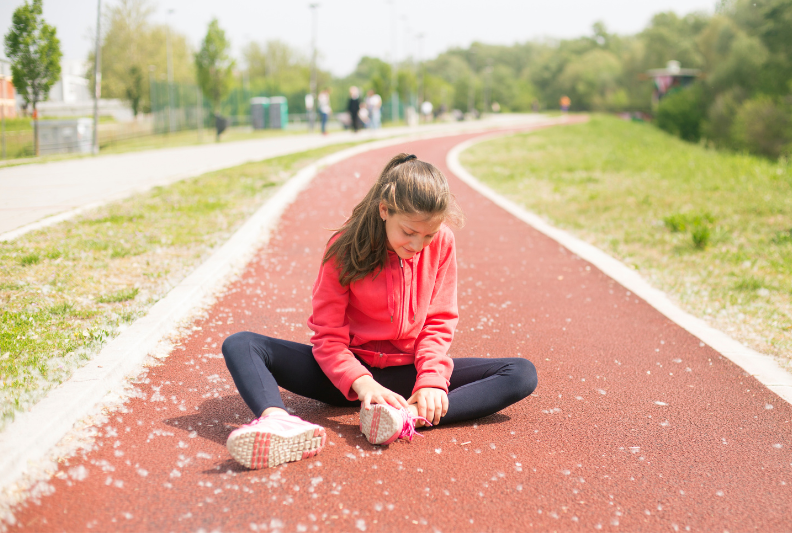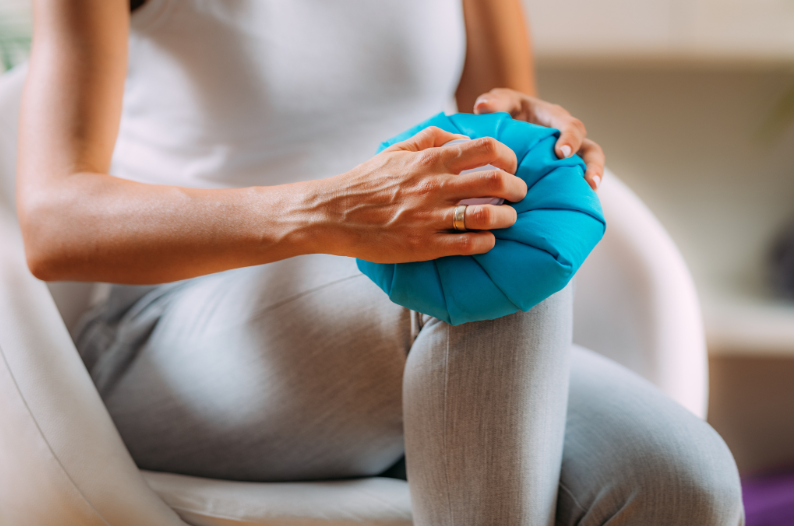How to Care For Sprains- What You Need to Know

Sprains
Sprains are one of the most common injuries, and while they most often happen during some sort of physical activity, it can also happen just stepping off a stair wrong. So what exactly is a sprain, and how do you care for it?
Even though sprains are typically seen as the lesser of the two evils compared to breaks, they are still very painful and can take a long time to heal depending on the severity of the sprain. The most common sprains are ankle sprains. Especially in athletes, the most sprain prone sports are basketball, volleyball and soccer. All it takes is a quick twist or landing on the ankle the wrong way.
Care
So how do you care for a sprain? You may have heard the acronym R.I.C.E. that stands for Rest, Ice, Compression, and Elevation. So what does that actually look like?
Rest-
Stay off the injured extremity if it is a knee or ankle, and if it’s a wrist try not to use it. Splints or braces are good to help limit the use of the sprained joint. An ankle brace like this one is a good option, I like that it has stablizing straps and a figure eight strap as well. As far a wrist sprains go, you want a brace that has a metal or hard plastic piece that extends from the palm to a couple of inches below the wrist, this one is a good option. Braces that are compression only won’t provide enough support. The point is to make it so you can’t move whatever joint hurts.
Ice-
Icing is important especially in the first 48 hours. It reduces the swelling and inflammation, and really helps with the pain. The rule of thumb is to ice the injury 15-20 minutes at a time every two hours (give or take) for the first three days. It is important to have something like a towel between the skin and ice, so it doesn’t hurt the skin itself. After day three you can add in heat if you’d like. Heat is best used before an activity to help warm up the area and get blood flowing to it. And then ice after the activity or at the end of the day.

Compression-
Compression typically means wrapping the injury in an elastic bandage (ACE bandage). This is meant to help reduce the swelling and any bleeding that occurs. The bleeding happens under the skin and is what causes the gnarly bruises to show up. VERY IMPORTANT- don’t wrap it too tight! That will cut off circulation to anything below the injury which will only make the problem worse.
Elevation
Elevation is the last part of the equation, it helps reduce the swelling by allowing the fluid around the injury to drain easier. It also decreases the pressure on the blood vessels around the injury which minimizes the bleeding, therefore bruising.
The common factor in all of these suggestions is that they reduce the swelling and blood flow to the injury. This is best for the first three days, and then you can add in heat as you like. As the pain and swelling subside, it’s important to move the joint. Start slow and don’t over do. I was always told to draw the ABCs with my foot. This helps increase the joints mobility and start building strength.
Pain Medicine
Pain control is always at the top of the to-do list! Toughing it out really has few benefits. Ibuprofen (which is the same as Advil or Motrin) is typically enough for most sprains. If the pain isn’t controlled with that alone, Tylenol is appropriate too. It’s nice to stagger them every few hours to try to keep something on board while the pain is at its worst. If the pain isn’t controlled with these options (don’t forget about keeping the injury iced too!) then a visit to the doctor is necessary.

When To See The Doctor?
Most sprains are easily treated at home. Of course if you are unsure if it is break, it’s best to get it checked out quickly. Also, if there is any numbness (can’t feel below the injury) or tingling (like your foot fell asleep) or if the foot is really pale then it’s time to be seen. It’s okay if it’s pale for a little while after you ice, that’s normal. If two weeks later there is still significant pain, it is time to see a doctor.
- Elastic Bandage (ACE Bandage)– I think that 3inch are the most versatile, but the 2 and 4 inch work as well.
- Instant Ice Packs
- Sling (for upper body injuries)
- Splint– not totally necessary for a sprain, but may help with the pain. It’s also good to have on hand if it’s a broken bone.
Sprains are so common odds are you or a loved one will experience it at some point. The most important step in providing any first aid is to take a deep breath and stay calm. You’ve got this!
Thanks for being here!
xx,
Mollie
Other Posts You Might Be Interested In:







